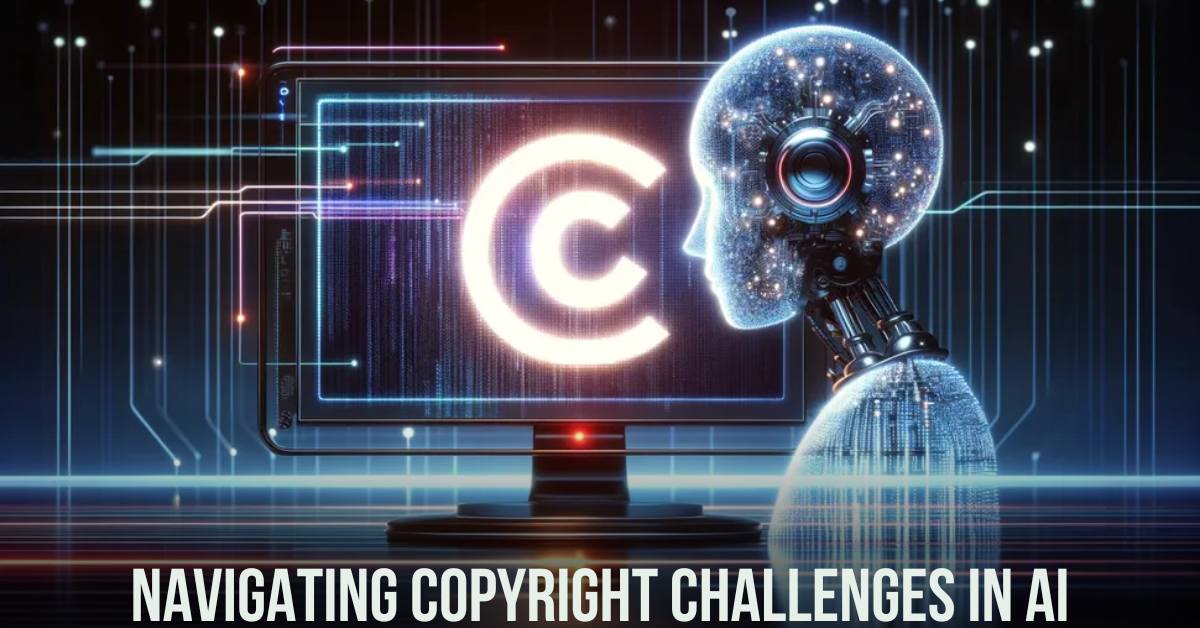In the ever-evolving landscape of artificial intelligence (AI), the intersection with copyright laws has become a focal point for discussions. Recent developments, including OpenAI’s controversies and Microsoft’s Copilot, have brought attention to the responsibility of AI developers and users to adhere to copyright regulations. Microsoft, a key player in the AI domain, has provided insights into its stance on copyright issues, fair use, and the role of end users.
Legal Landscape: Fair Use and Responsibility
Microsoft acknowledges the potential for AI-generated outputs to infringe copyright if they closely resemble existing works. The company emphasizes the concept of fair use, asserting that like any other general-purpose tool, users must responsibly deploy AI tools. Drawing parallels with traditional tools like cameras or computers, Microsoft places the onus on users to ensure responsible and legal use.
Microsoft’s Response to U.S. Copyright Office Inquiry
In response to the U.S. Copyright Office’s inquiry, Microsoft, along with other tech giants, outlined its position. The company argues that it provides a tool, such as Copilot, and users bear the responsibility for using it within legal bounds. Microsoft distinguishes between the training of AI models and the potential misuse of copyrighted materials in AI-generated images.
Protection of Original Creators and Artists
Addressing concerns about the potential harm to creators’ work, Microsoft expresses a willingness to collaborate with artists, authors, and content creators. The company emphasizes its adoption of tools, policies, and filters to mitigate the risk of infringing outputs. While committing to ongoing efforts to support the creative community, Microsoft doesn’t explicitly address compensation for original creators in its response.
User Responsibility and Impact on Content Creators
Microsoft’s stance raises questions about the balance between providing powerful AI tools and safeguarding against copyright infringement. The company’s perspective puts the responsibility on end users to use AI responsibly, highlighting the need for ethical and legal considerations in AI development and usage. However, concerns about potential negative impacts on content creators, especially in the written word domain, remain.
Future Considerations and Dialogue
As the AI landscape continues to evolve, the dialogue surrounding copyright, fair use, and the ethical deployment of AI tools will likely intensify. Microsoft’s commitment to collaborating with creators signals a recognition of the broader impact AI can have on creative industries. The challenge lies in striking a balance that fosters innovation while ensuring the protection of intellectual property rights.
You may be interested in our other articles about technology if you enjoyed this one:
- Windows 11 KB5031455 Update Woes: Installation Failures and Game Crashes
- How to Unlock UK Netflix with the Best VPN?
Conclusion
Microsoft’s response to the copyright challenges associated with AI reflects the complexities of navigating the intersection between technology and legal frameworks. The evolving nature of AI development necessitates ongoing discussions, collaborations, and potential regulatory frameworks to address concerns related to copyright, fair use, and the responsibilities of developers and users.
The future trajectory will likely be shaped by a collective effort to establish ethical guidelines and foster a creative environment that benefits both innovators and content creators.



